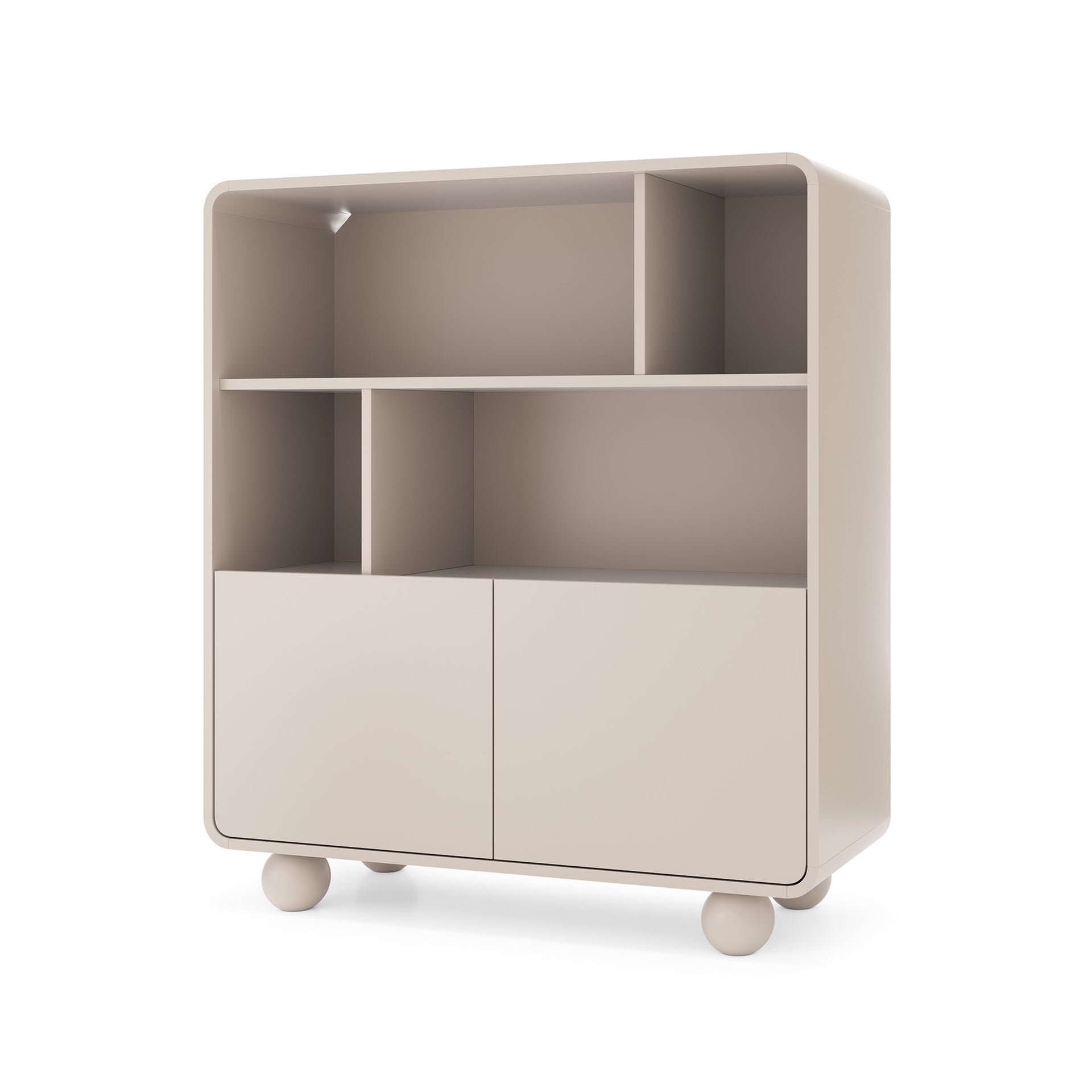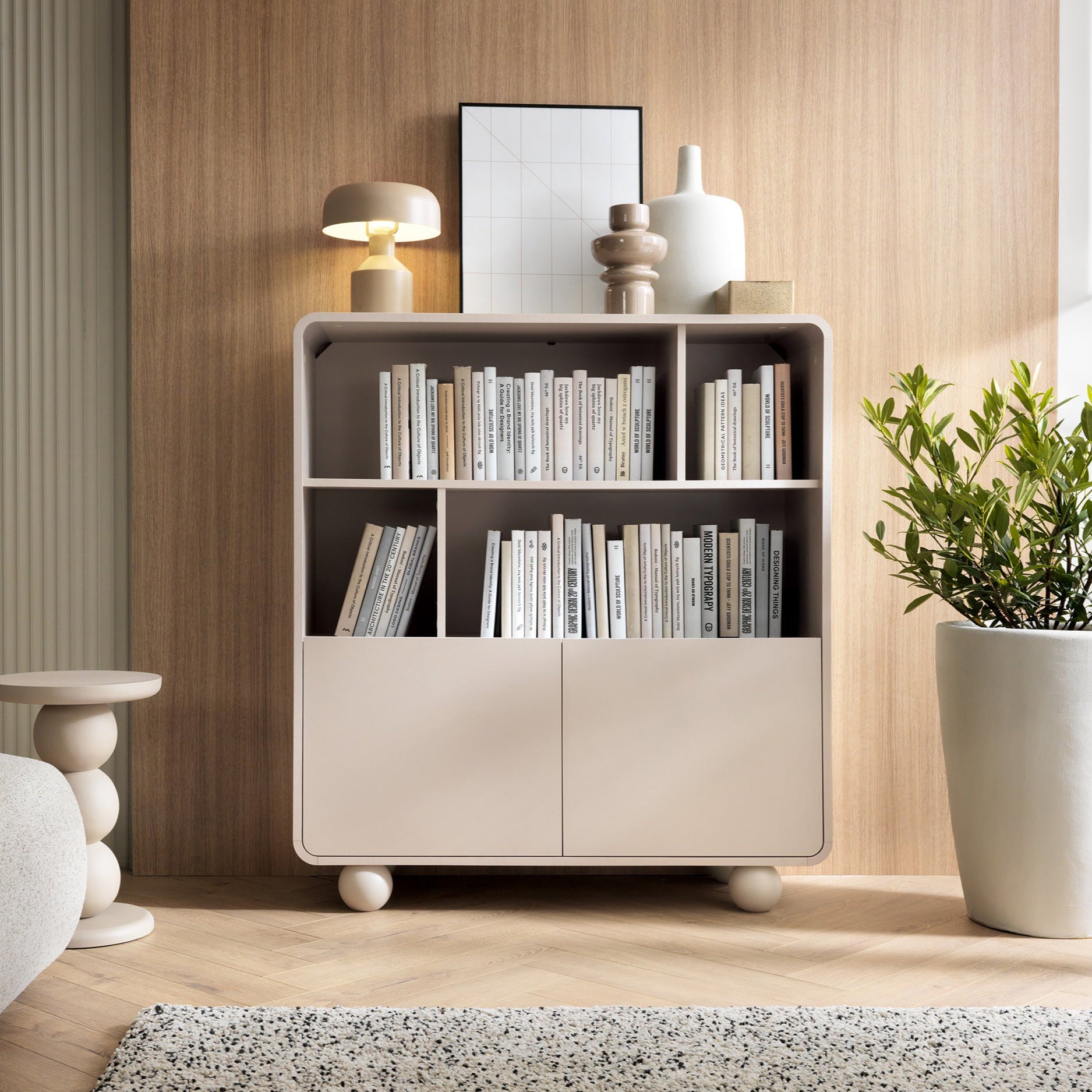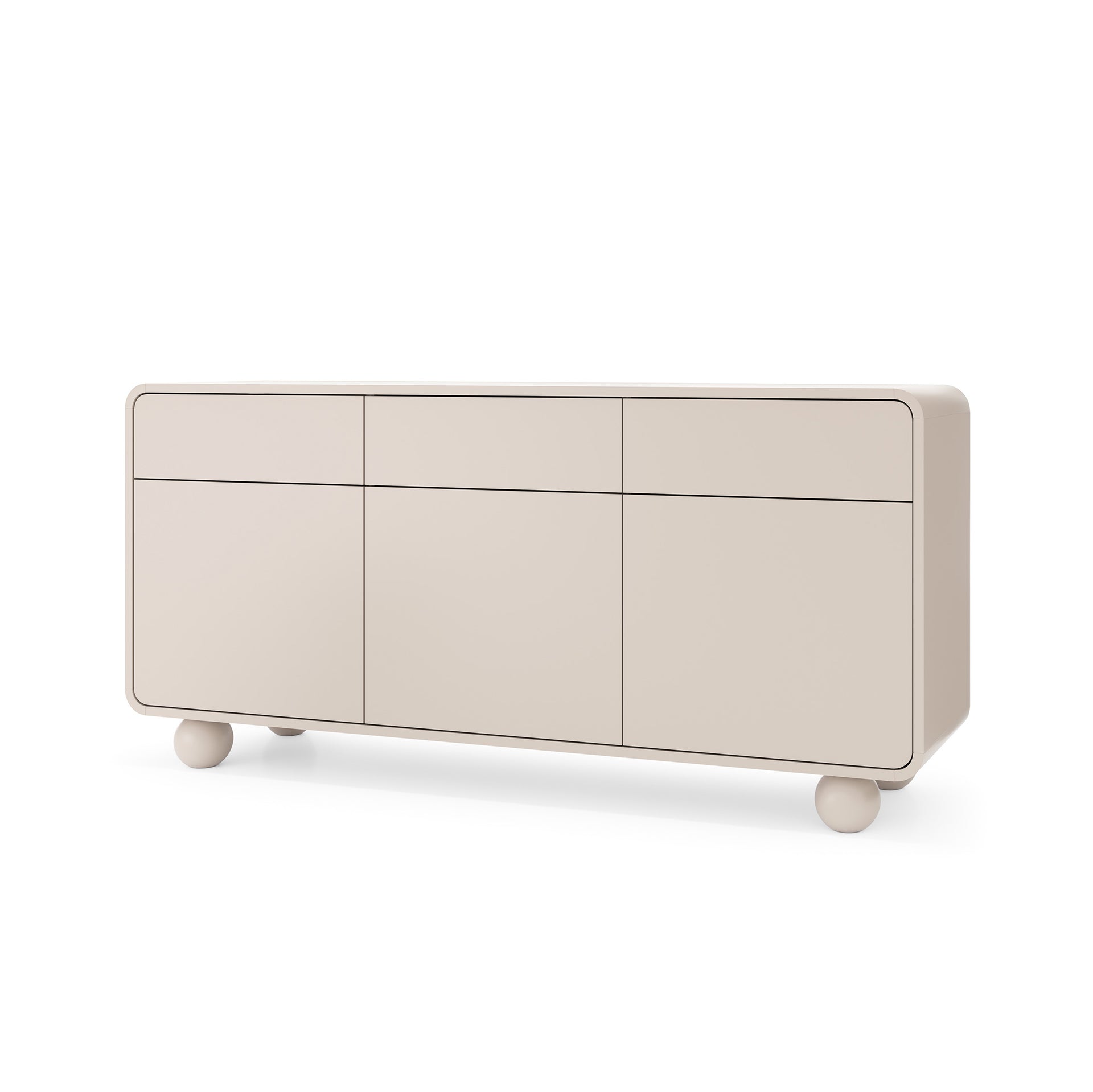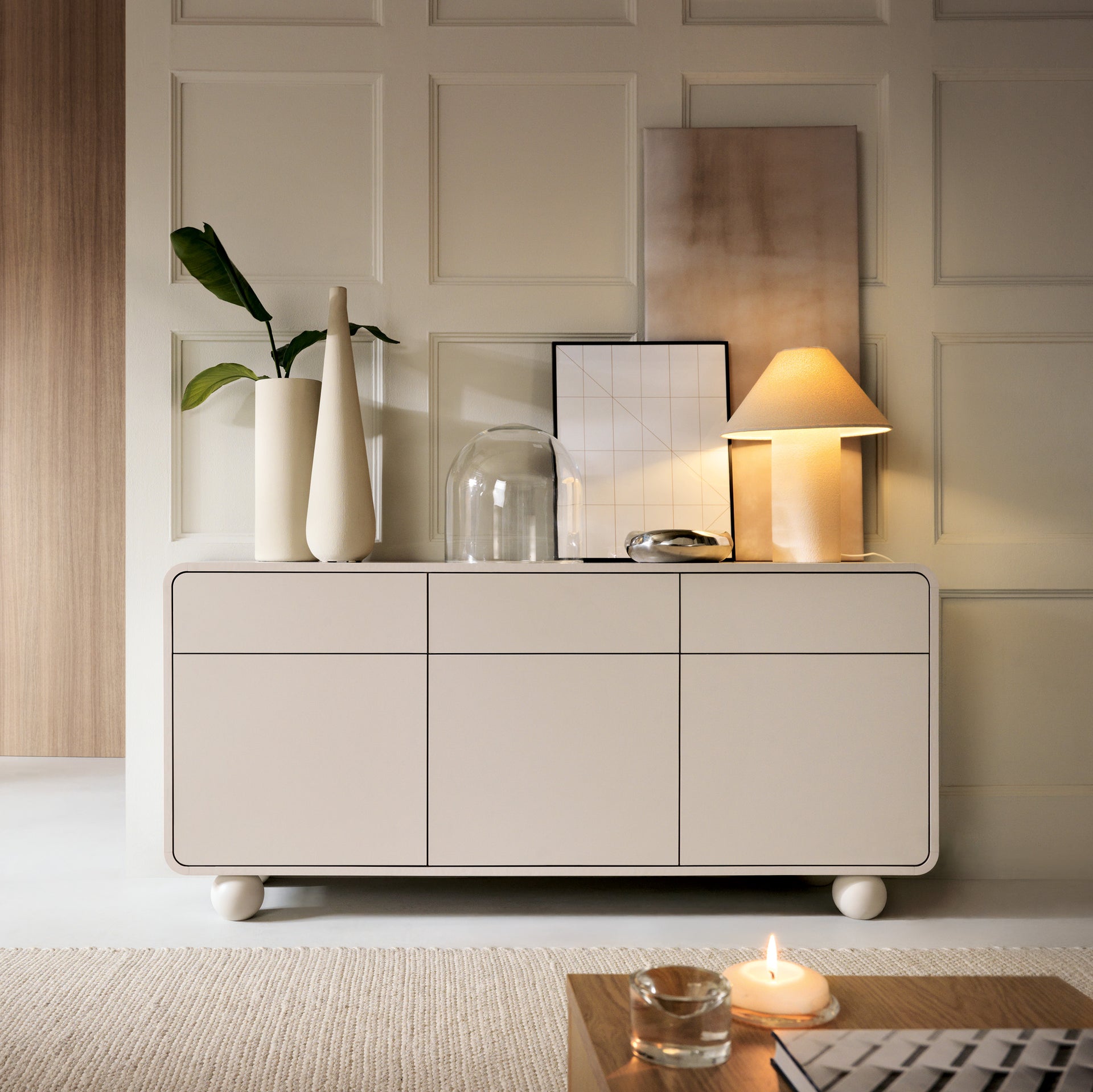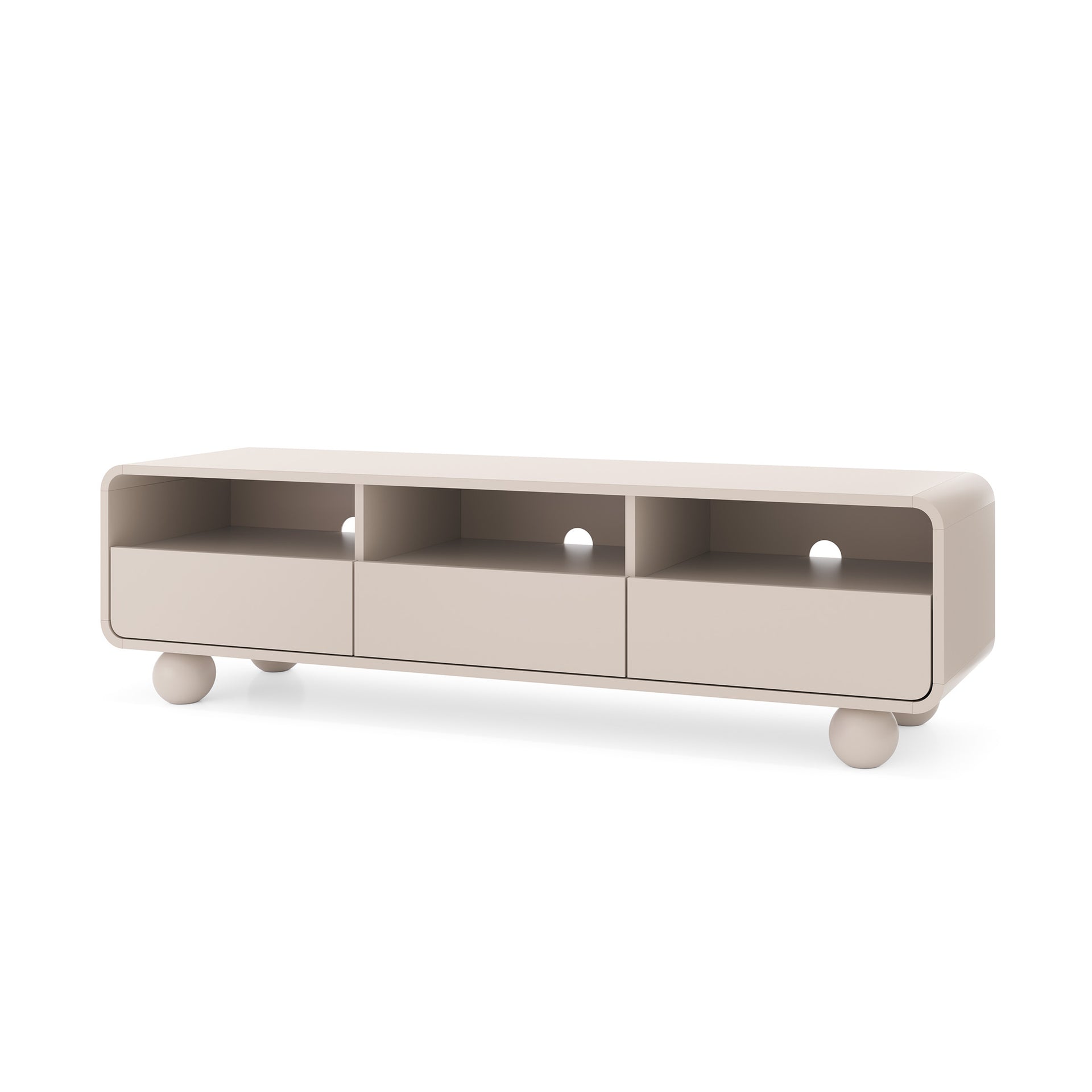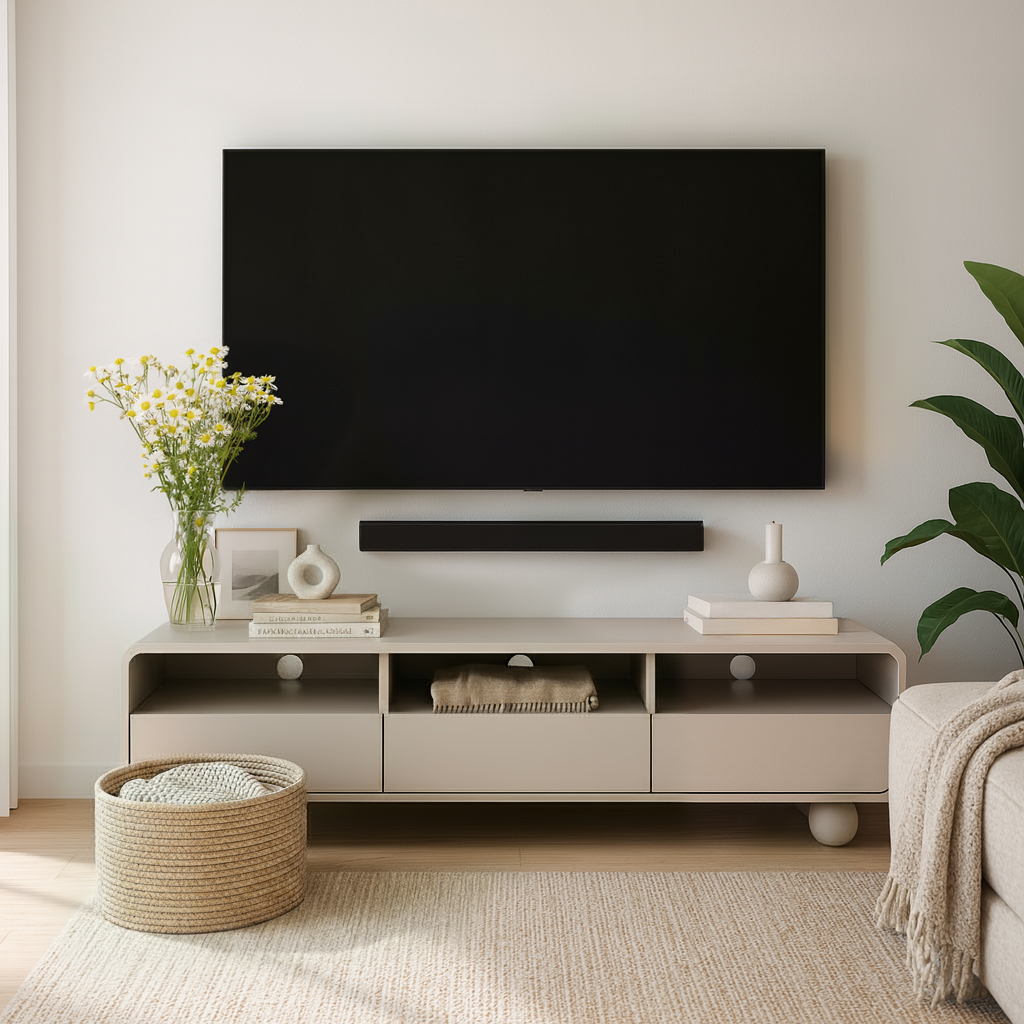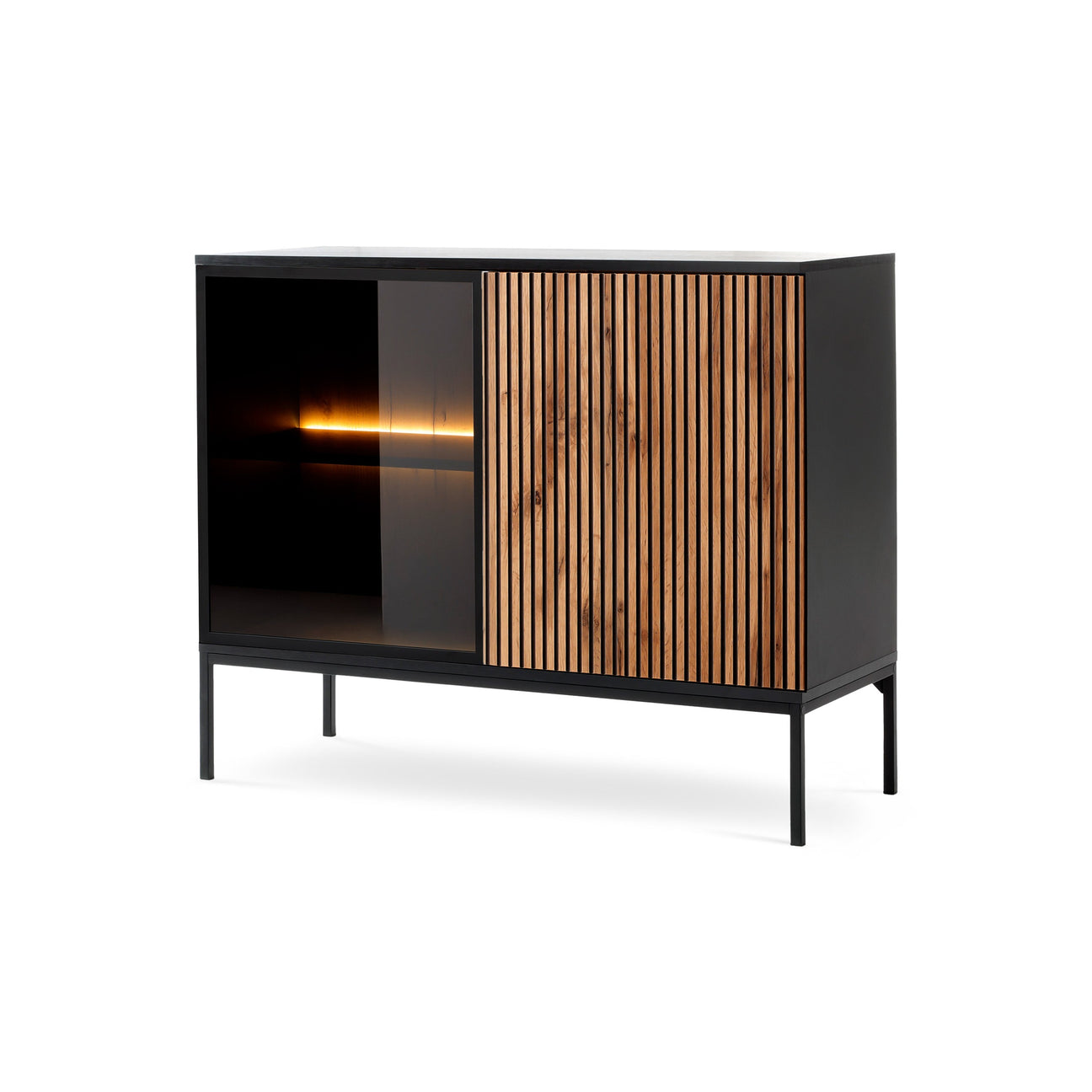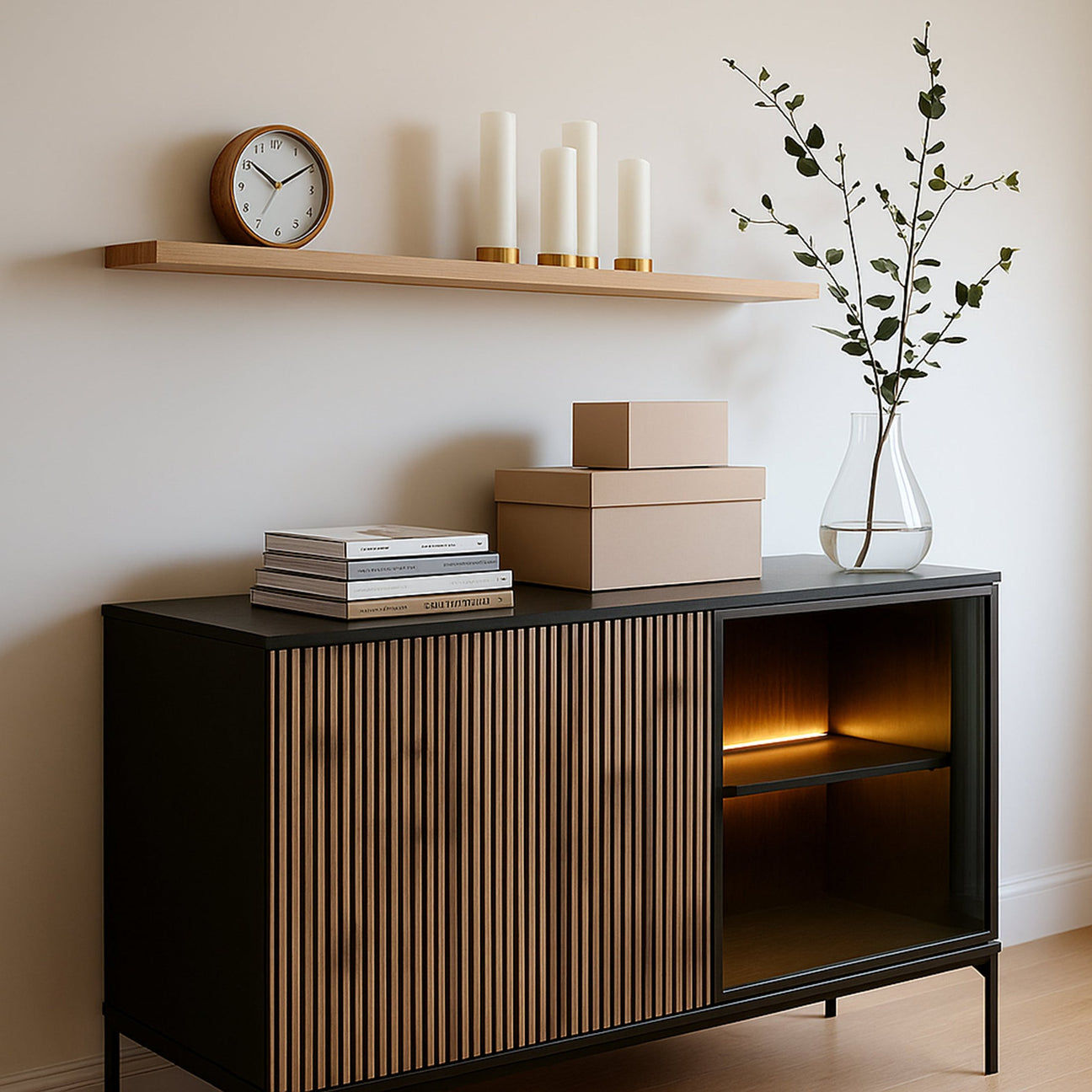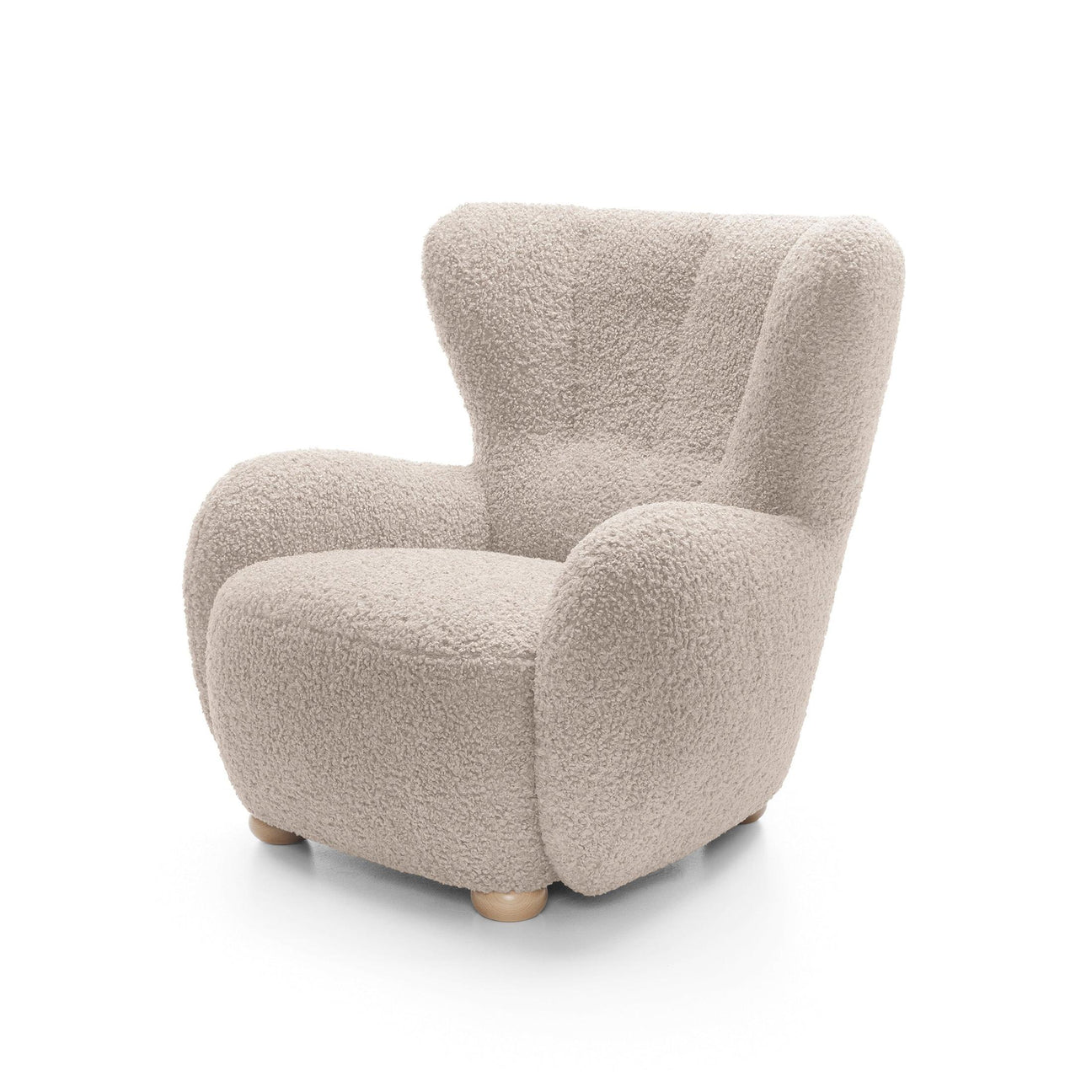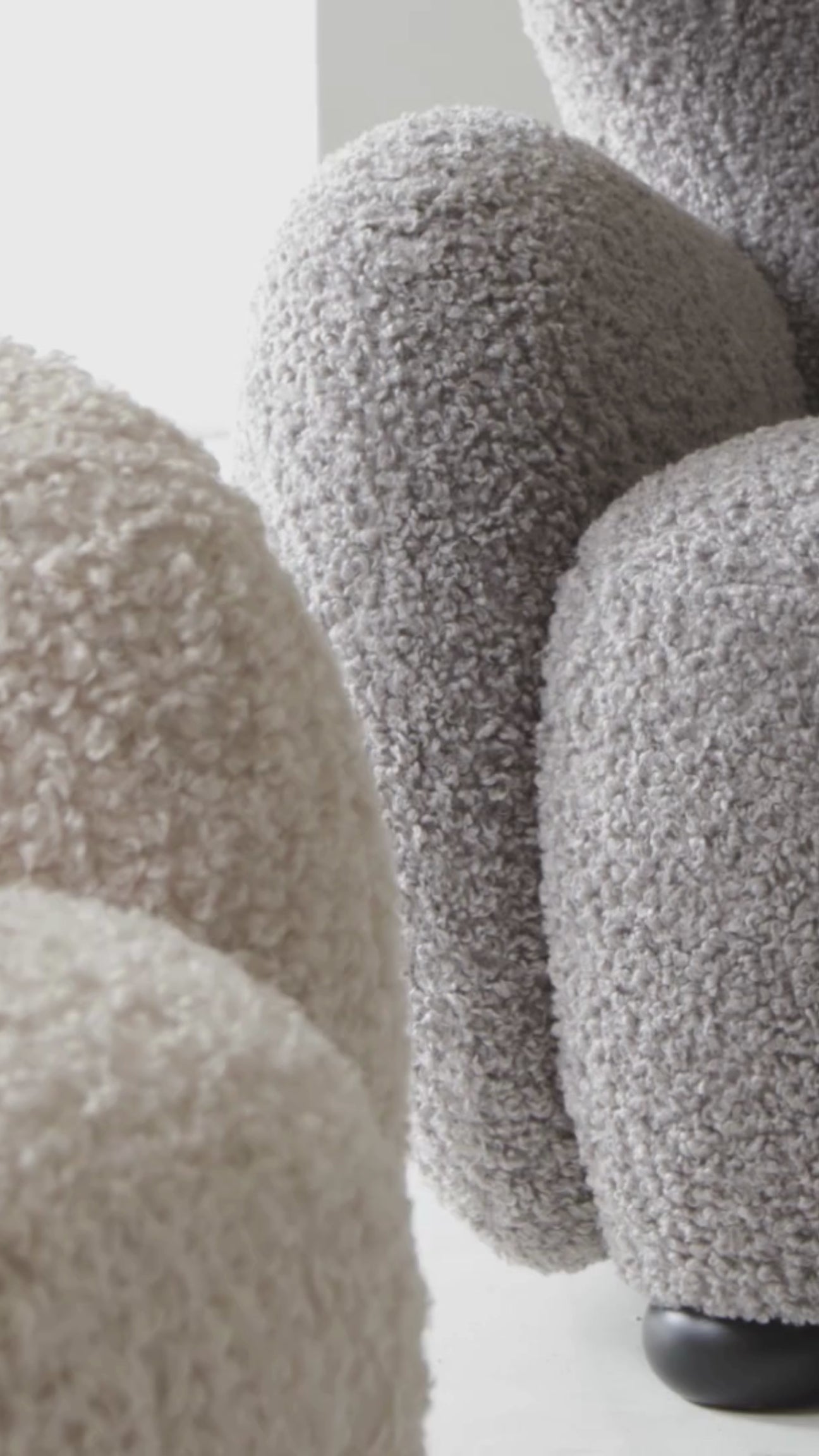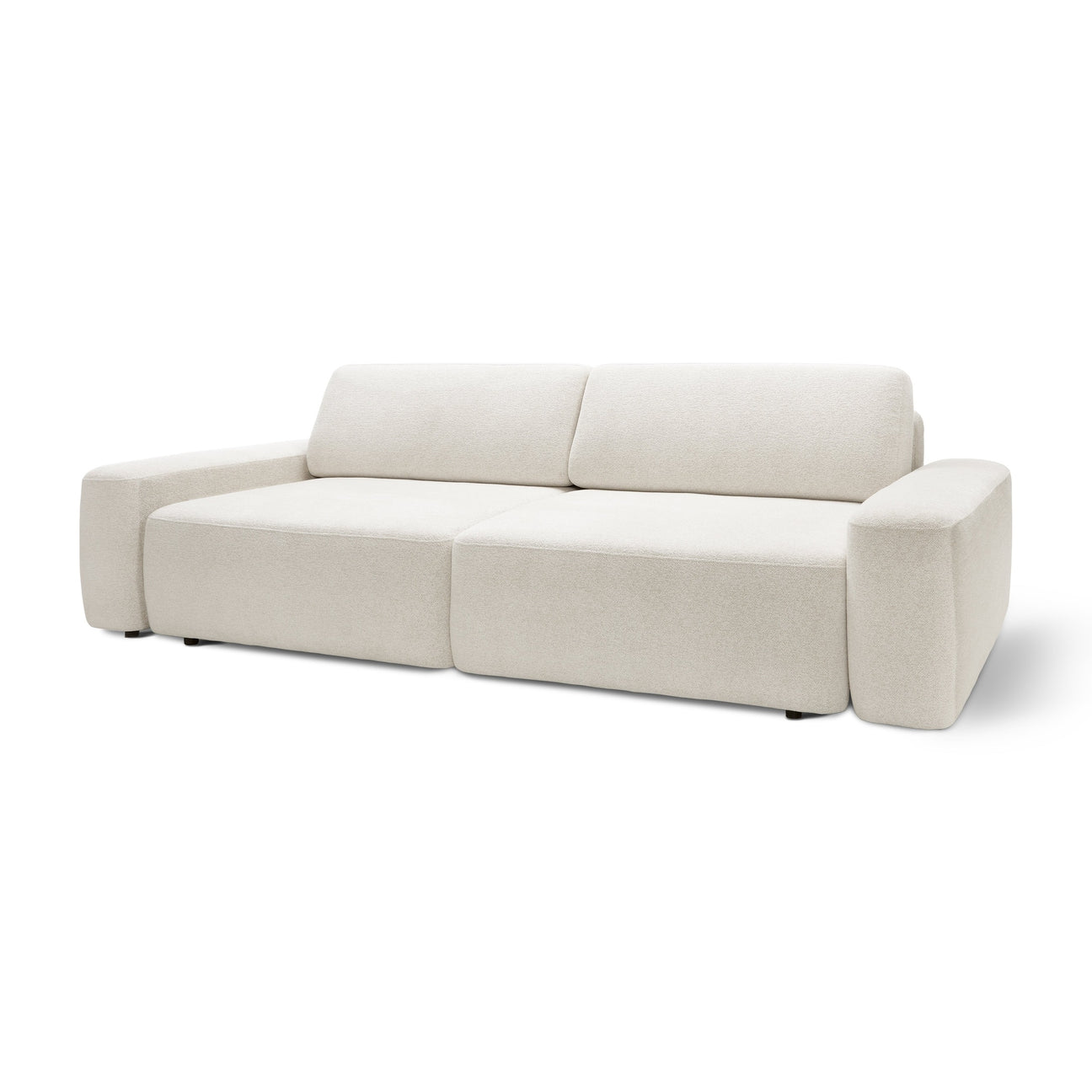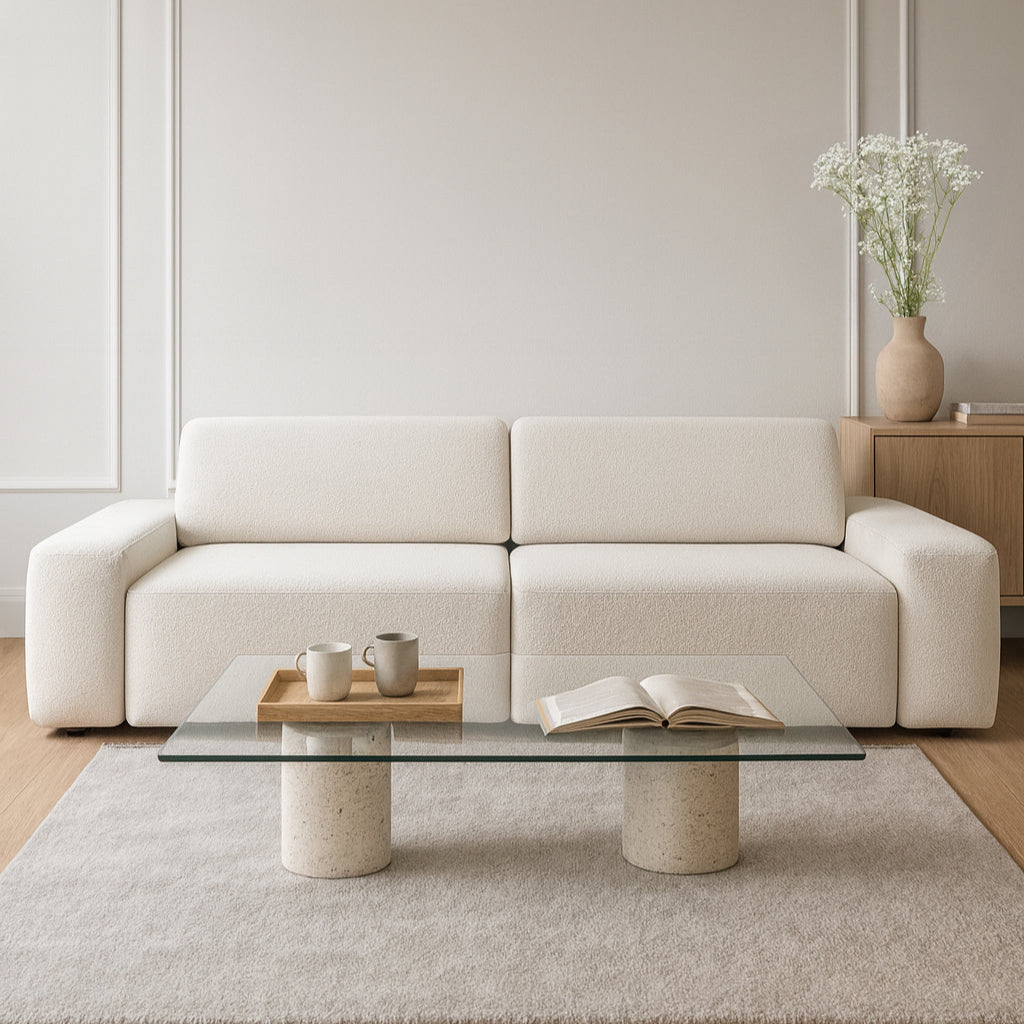Remember the living room from "Foster Family," where the whole gang gathered on the couch? Or the iconic sofa from "Friends," which witnessed countless conversations? These pieces are more than just space fillers—they're stages on which our life stories unfold. At Pillovely, we believe that every living room can become such a charming meeting place, where generations connect to the sounds of their favorite music, and the furniture becomes silent witnesses to our memories.
The Geometry of Proximity – How Physics Affects Conversations
Creating a space for conversation is a balancing act between proximity and personal comfort. The ideal distance between the sofa and armchairs is 1.5-2.5 meters – close enough to avoid shouting like Krzysztof Krawczyk at a concert in Opole, but far enough away for everyone to have their own space.
The best layouts are those that resemble a natural circle—like a campfire around which our ancestors told stories. Arranging furniture at 90-135 degrees to each other creates an open, inviting atmosphere. It's like grandma's old communist-era apartment, where the armchairs faced each other, not the TV.
Four golden layouts for every living room
"Student Studio Apartment" Layout
A large sofa opposite two armchairs, with a coffee table in the middle. It's a classic seen in countless films – from "Sexmission" to "Boys Don't Cry." Remember the scene from "Alternative 4" where Bożena Dykiel sat in an armchair across from a sofa full of guests? That's how the magic works – everyone has their own place, but everyone is part of the same story.
A three-seater sofa plus two armchairs provides seating for five, and for parties, you can always add a pouffe. The optimal sofa size is 180-220 cm, and the armchairs can be different – one wider for an evening of relaxation with a beer and a game, the other compact for someone who prefers to curl up with a book. A coffee table should ideally be placed 40-50 cm from the sofa – close enough to grab a snack during a "The Witcher" marathon, but far enough away to stretch your legs.

"Family Hearth" arrangement
A corner sofa or an L-shaped sofa, plus one or two armchairs forming a semicircle. This arrangement evokes Sunday dinner at Mom's, when the whole family gathers for dessert and coffee – Grandma in her favorite armchair recounts her youth, children run between the furniture, and "Szansa na Sukces" plays in the background.
The centerpiece is a coffee table—like the table in our grandparents' kitchen, around which life revolved. Ideally, it should be oval or round (80-120 cm in diameter), as this eliminates sharp angles and allows everyone to sit equidistant from the center. A corner sofa should comfortably seat 4-5 people, and additional armchairs can be positioned at a 45-degree angle to the main sofa.
The "Modular Future" system
Modular sofas are revolutionizing living room design—like LEGO bricks for adults. They consist of independent components: corner sofas, center sections, chaise lounges, pouffes, and ottomans, which can be combined in any way. Want a classic three-seater sofa today? Tomorrow, maybe a corner sofa with a chaise lounge? Next week, two separate sofas facing each other? Anything is possible!
It's the perfect solution for families on the go. When the kids have a slumber party, the modules can be spread out on the floor like giant pillows. When guests come over for a game, we create an amphitheater around the TV. And when you need a private conversation, a single module at the coffee table is enough.
The best modular sofas have a uniform seat height (around 45 cm) and backrest, allowing for a harmonious look in various configurations. The modules are connected with special clamps – more stable than a piece of duct tape, safer than election promises. Fabrics should be easy to clean, because with such mobility, stains are as inevitable as traffic jams in Warsaw.

"Art Cafe" Layout
An asymmetrical arrangement of diverse furniture. It's reminiscent of Warsaw cafés in the 1960s, where poets, musicians, and ordinary people gathered at a single table. A vintage wingback chair can sit next to a modern modular sofa, or an industrial bar stool with a plush 1970s pouffe.
The variety of furniture highlights the individuality of each household member – because at Pillovely, we believe that "You are someone." Dad can have his leather armchair, as if from the office of a communist-era company director, mom a modern bottle-green sofa, and daughter a pink pouffe like something from Maryla Rodowicz's room. It's chaos with its own logic – like jazz improvisation, where each instrument plays its part, yet together they create harmony.
Personalization of space – furniture will tell your story
Every piece of furniture has its own soul and story. It could be an armchair from your grandfather's Red Guitars days, or a new sofa in a color inspired by the cover of Behemoth's "Katharsis" album. It's important that the space speaks volumes about you.
Add elements that evoke memories: checkered pillows reminiscent of a communist-era vacation spot, a throw reminiscent of grandma's attic, or a modern lamp that contrasts with a vintage armchair. It's this blend of nostalgia and modernity that creates a true home.

Command Center – a coffee table as the heart of the living room
A coffee table is like a theater stage – everything happens around it. It should be low enough not to block eye contact (45-50 cm) and within arm's reach of every seat. It's where cups of tea land during late-night conversations, vinyl records await playback, and board games that bridge generations – from the iconic "Chinese Man" to the modern "Settlers of Catan."
The size of the table is crucial – too small, and it will look like a lost island in an ocean of carpet; too large, and it will dominate the space like Chopin's piano in the M-2. The ideal width is two-thirds the length of the sofa, and the length should allow anyone to reach the center without any gymnastic feats. Material also matters – wood will add warmth like the house from "Czterdziestolatka," glass will visually enlarge the space like the modern lofts in "Colors of Happiness," and metal will introduce an industrial flair straight from Krakow's Kazimierz district.
It's on the coffee table that the histories of generations intersect – next to a tablet with the latest Netflix series lies Grandma's crocheted doily, a book of Szymborska's poems rests next to the PlayStation controller, and a modern designer vase sits next to a crystal ashtray that harkens back to the days when smoking in living rooms was done without remorse. The coffee table is a democratic space where everyone can contribute their own piece – like a shared playlist to which everyone contributes their own song.
Light that creates a mood
Lighting is the director of every conversation. The main light should be warm and diffused – like in old Polish films, where the softness of the light created the intimacy of the scene. Imagine the atmosphere of "Nights and Days" or "The Promised Land" – it's this magic of penumbra that gives each face depth and makes conversations more sincere.
Add spotlights to reading chairs – ideally with an adjustable arm, like those from communist-era design offices, only with a modern twist. Atmospheric LEDs behind the sofa will create a halo effect, as if the furniture were levitating – a trick known from Warsaw's best theaters. Candles also have their own power – placed on a table or windowsill, they add that flickering warmth reminiscent of grandma's fireplace.
Remember: good lighting is the kind that makes everyone look like a '70s movie star—a little Beata Tyszkiewicz, a little Daniel Olbrychski. Avoid harsh overhead lighting, which adds years and accentuates tiredness. Instead, opt for several light sources at different heights—a floor lamp, wall sconces, a table lamp. It's like an orchestra—each light plays its part, and together they create a symphony of mood.

Interview room acoustics
Sound is an often-overlooked design element. Soft furnishings, carpets, and curtains absorb echoes, creating cozy acoustics—like those old student clubs where Breakout played, and Tadeusz Nalepa's every word could be heard over the crowd. This is crucial when you want conversations to flow freely and music—from Niemen to Taco Hemingway—to sound its best.
A thick carpet not only provides warmth underfoot but also acts as a natural sound absorber – absorbing up to 30% of unwanted sound. Curtains, especially velvet or thick cotton ones, act like the acoustic panels seen on Polish Radio 3. A bookcase full of books and CDs? It's not just decorative but also a great diffuser, dispersing sound waves. Even sofa cushions matter – the softer they are, the better the acoustic comfort.
After all, as we say at Pillovely, "Nothing connects generations like music." And to connect fans of "Czerwone Gitary" with fans of Dawid Podsiadło, you need to create a space where every sound finds its place—whether it's the nostalgic rustle of vinyl or the crystal-clear streaming.
Comfort zone for everyone
A variety of seating options is key to successful meetings. A soft sofa for those who like to snuggle up – perfect for evening screenings of "The Ranch" or a marathon of "The Witcher," where you can lounge with a bowl of popcorn as if at a home film festival. A firmer armchair for the elegant uncle who values a straight back and a good vantage point – like Bogumił Kobiela in "The Cruise," but with a homey twist. An ottoman for the spontaneous teenager who uses it as a base – sometimes sitting, sometimes lying, sometimes using it as a footstool during online battles.
Or perhaps an oriental-style ottoman for your aunt who's back from yoga and now tells everyone about chakras? Or an industrial bar stool for your hipster brother who comes over with craft beer and Młynarski vinyl records? Even a simple stool can become a throne for your grandfather telling stories from the Warsaw Uprising. Everyone should find their own place – because "You are valuable" and deserve comfort. These aren't just furniture pieces; they're personal spaces that say: here you can be yourself, whether you prefer Kult or Chopin, "Czterech pancerni" or "Stranger Things."

Flexibility is worth its weight in gold
Lightweight, adjustable armchairs, portable pouffes, and extendable tables—these are elements that allow you to change the layout of your living room like a set. Sometimes you need an intimate space for a one-on-one conversation, other times—an open stage for a house party with a playlist of the greatest Polish hits—from Perfect's "Autobiografia" to Dawid Podsiadło's "Małomiasteczkowy."
Imagine: Friday movie night – you pull the armchairs closer to the TV, creating a home cinema. Saturday party – you pull the furniture up against the walls, and the center becomes a dance floor like in "Night and Days." Sunday afternoon with a book – a window seat, a pouf under your feet, a tea table within reach. It's like a student apartment transformer, where the couch became a bed, a sofa, and sometimes a table for a beer.
Wheels on armchairs aren't a sign of cheapness, but of practicality. Folding side tables are reminiscent of clever solutions from communist-era studio apartments – tucked behind the sofa, waiting their turn. Even a modular sofa, which can be rearranged like LEGO bricks, allows for the creation of new configurations. Because life is dynamic, and the living room should keep up.
Trends 2025 – Modernity Meets Nostalgia
The current trend in living room design is the "new coziness"—a return to softness and comfort, but with a modern twist. The furniture's curvy lines recall the organic shapes of the 1970s, but are crafted from innovative, eco-friendly materials. It's like a remix of a classic hit—a familiar melody reimagined.
The colors of the year are warm, earthy tones—terracotta, deep green, and caramel. They resemble the palettes of Kieślowski's Polish films, but are paired with bold accents—electric blue and neon pink, like the covers of contemporary Polish albums.
The biggest trend, however, is the "conversation pit 2.0"—sunken conversation spaces inspired by the 1960s and 1970s. If renovating the floor isn't an option, low sofas and high rugs can create a visual "pit." It's like a modern interpretation of grandma's living room, where the rug was sacred and conversations flowed for hours.
"Dopamine decor" is also trendy – bold patterns and colors that evoke joy. But at Pillovely, we interpret it our own way: it could be a houndstooth pillow reminiscent of the Peweks era, a toddler-yellow armchair, or wallpaper inspired by the cover of Republika's "Strange Days." Because true joy comes from memories.
The "slow living" trend aligns perfectly with our philosophy – furniture chosen for years to come, not just for a season. Renovating old armchairs, giving them new life. It's ecology combined with history – each piece of furniture tells its own story, like the characters in Wajda's films.
Technology is also making its way into living rooms, but discreetly – furniture with built-in USB ports, tables with wireless chargers. All this to ensure that technology serves meetings, not replaces them. Because the best conversations still happen face-to-face, over a cup of tea and the sounds of vinyl.

Summary: Your Salon, Your Story
A dream living room isn't about expensive furniture or a perfect layout from a catalog. It's a space that reflects your personality and invites you to share your stories. At Pillovely, we believe everyone deserves a place like this – as cozy as childhood, as bold as youth, and as wise as maturity.
Because a true dream living room is one where, listening to our favorite music and surrounded by furniture brimming with memories, we create new stories. Where every sofa, every armchair, every cushion says: you're at home here, you can be yourself here. And that's precisely what it's all about – the love of the warmth of home.


